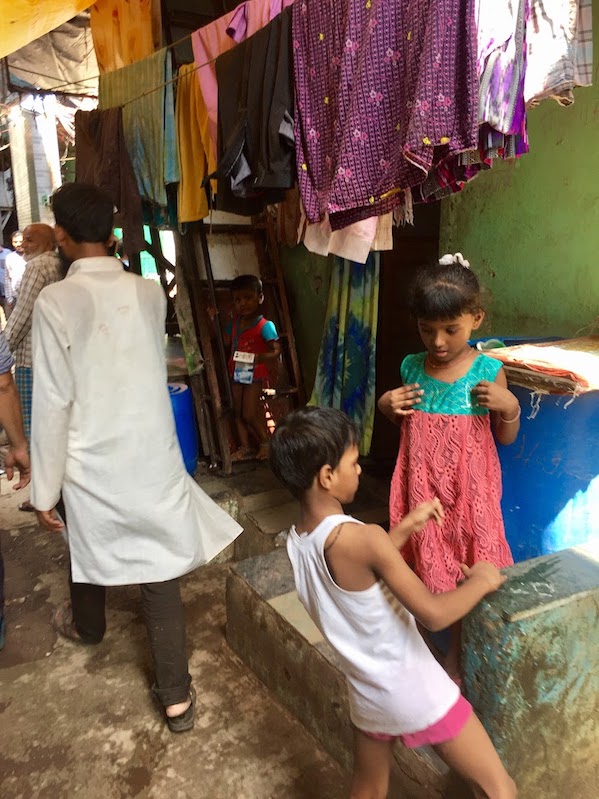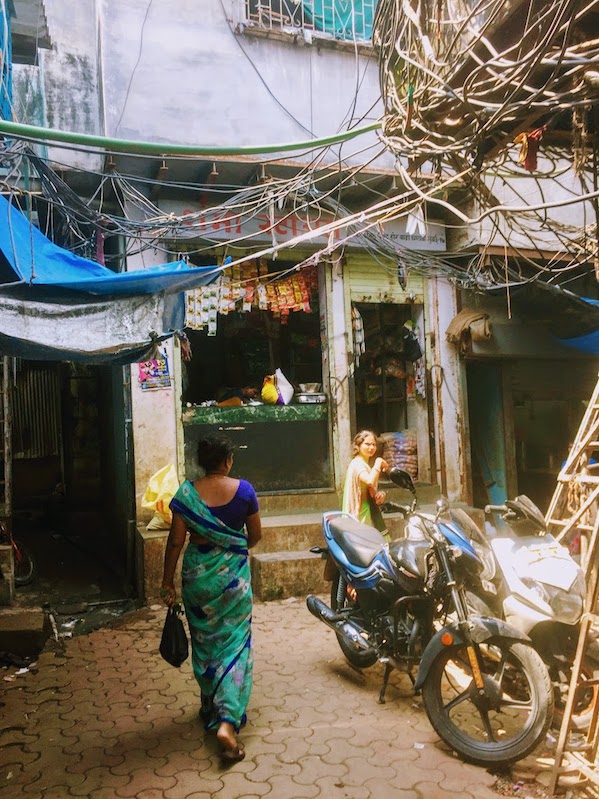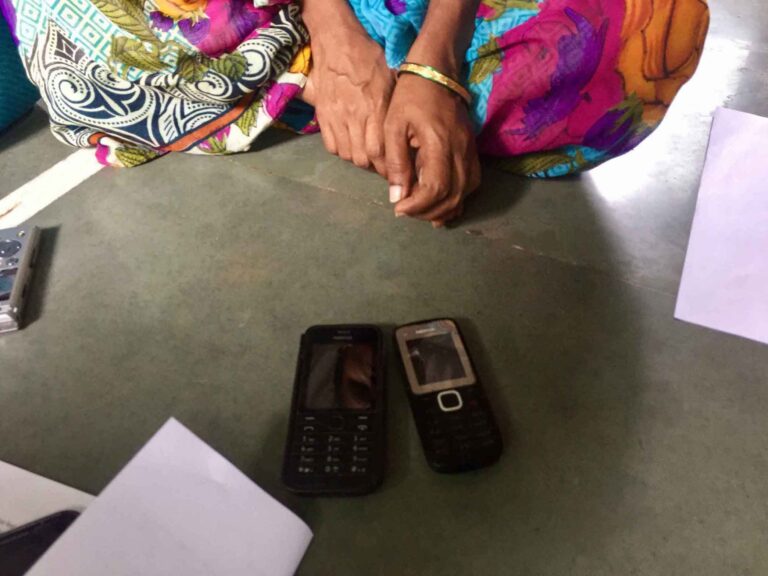HCI4D Education technology
Political leader
Background
In October 2017, during INTERACT I had the chance to be part of research team investigating parental perspective towards the use of technology for educational purpose in low income urban households.
The research was conducted as part of a one day field trip in Dharavi (Mumbai), Asia’s largest slum with over 1 million people living in the area. The research team was composed by 9 researchers of different backgrounds. My role in the team was to observe and take notes during the trip.
importance of the Study
Dharavi is a driving economic force, a place where small scale industry flourishes producing yearly US$1 billion. In the slum shops, markets, medical care facilities and schools can be found. Thus, slum inhabitants have the potential of becoming technology consumers making Dharavi an important technology market place.
In the context, it is important to understand:
- how people in Dharavi relate to technology?
- what technology design opportunity in particular for education offers Dharavi?
- what constrains are imposed by the environment?
Such questions are fundamental for designers to understand the environment and the needs of people they want to design for.
trip to Dharavi
Starting from Powai – a residential neighborhood in central Mumbai, our trip to Dharavi lasted about an hour. On the road side, cattle were walking slowly while people were pushing carts with bulky goods. At the horizon, a lazy sun was fighting its way out of the haze.
The taxi stopped in the middle of crowded street full of people trading goods. We left the taxi behind and started walking the narrows streets of the slum.
The place was noisy and full of life: mobile shops, groceries, butcheries, recycling stores; chicken, cats, dogs, children running around. Dozens of electricity cables were hanging just above our heads; music was played load through powerful speakers.






Cramped houses were held together with rope, shielded from the monsoons with black plastic sheeting; roofs were strewn with old shoes, plastic bottles or anything that would keep the tarpaulin down and secure the shelter. We picked our way over open sewers towards the community centre where we were to meet our informant mothers.






at the center
The centre was led by Daya Sedan, a charitable institution run by Society of the Helpers of Marry whose mission is to reach out to the most vulnerable population, namely women and children and empower them through educational programs.
The center had two floors. On the upper floor, seated on a large, clean and breezy room a group of 8 radiant ladies were eagerly waiting for us to begin. On the walls, posters depicting fruits, vegetables and body parts with English labels were displayed – clearly used to teach school children the rudiments of the language. The only technological devices in the room were a projector and a pair of loud speakers.
Informants and researchers were divided in 3 groups. Each group had one student volunteer speaking the local language. A semi structured interview was planned to guide the conversations. The topic of discussion was focusing of the use of technology at home.


LEssons learned
During our sessions with the Dharavi mothers, we learned a couple of lessons worth sharing. Below, our take aways from this study:
- Geographic and linguistics proximity makes people feel more comfortable with each other.
Matching language and place of origin between informant and interviewer can great help tremendously in relaxing the atmosphere. For example, group 1 informants were fluent Hindi and a variant of Marathi, spoken by the Koli community – native fisher folk from Mumbai – to which they belonged. When they found out that our student volunteer was from the same community they came immediately and asked to be put in the same group. - Frequent translation can break the communication flow
Since the success of field trip relates to informants willingness to open themselves and talk, their comfortability is crucial. Therefore, it is advisable to translate less and focus instead on building a continuous flow of conversation. - Flexible research methods
Given situations of heterogeneous informants, such as in this field study, it is important to have flexible research methods. For example, group 1 informants required putting the questionnaire aside and starting an open-ended conversation with the parents about several issues, such as the benefits of internet, parents’ work environment or their way of saving contact numbers. - Careful choice of groups
For focus groups it is useful to pay attention to age and status differences: people perceived by others as more knowledgeable or higher in hierarchy might intimidate others who would keep silent and become less participative - Observe and ask questions
It is recommandable Include researchers who can focus on observations only. As general rule: observe more, talk less and always ask questions


COnCLUSION
Advocating changes to people’s lives that include the introduction of new technologies can be difficult (and resisted to) unless there is a perceived benefit or there is a need that they themselves identify.
Low adoption of technology may not be inherently negative: the ecosystem for the residents of Dharavi seems to be quite stable; people find a way to work out solutions that work for them, e.g. remembering shapes of letters, paying bills at the local shop (rather than online), and making and receiving phone calls.
Technology design should focus not only the perceived needs of marginalized communities but also of their future aspirations, such as learning new skills which is the new mantra for emboldening HCI4D.
More details about this study can be found in:
